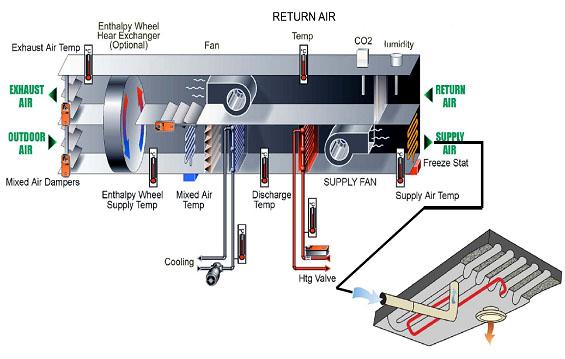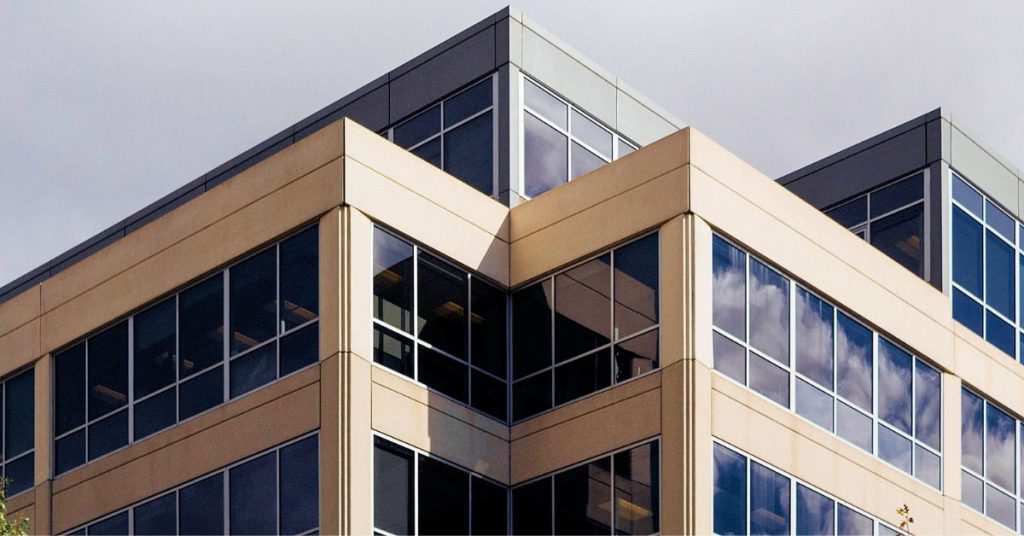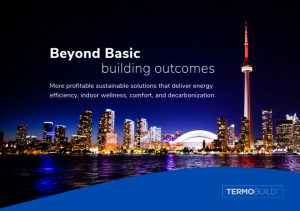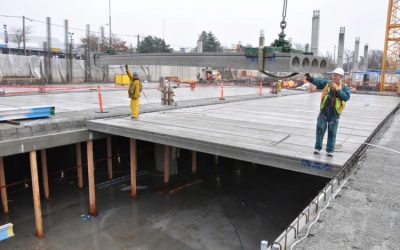Reducing the Need for Heating and Cooling Energy from Non-Renewable Sources
Renewable energy (RE) technologies have evolved dramatically over the past few years, and are rapidly becoming competitive through significant improvements in performance, reduced costs, and government incentives.
Integrated Thermal Storage can further enhance the competitive advantage with proven tools and techniques to achieve impressive results. Simple and rewarding sustainable initiatives that can be implemented to heat and cool buildings using common off-the-shelf pre-cast products or cast-in-place and HVAC equipment (radiant air conditioning systems).
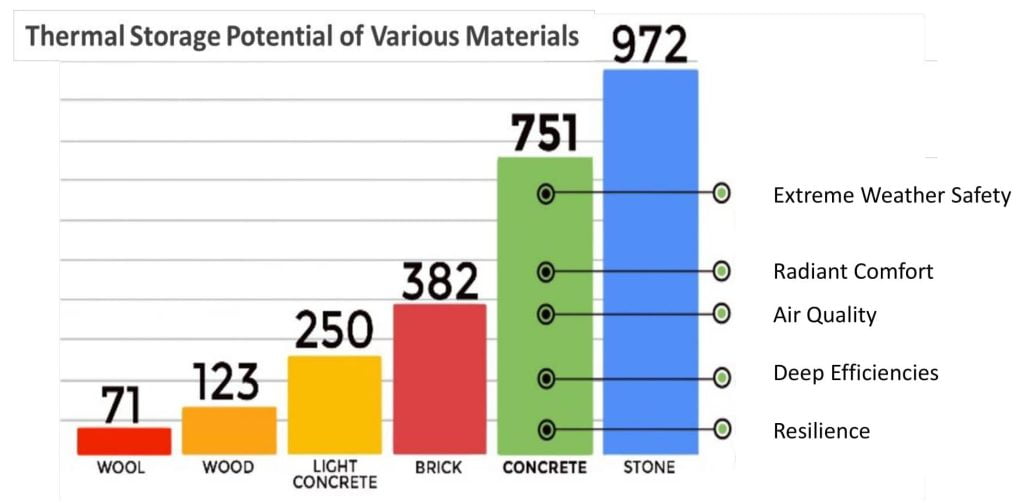
Actively Managed Year Round Thermal Energy Storage Combined with Ventilation
When properly combined with a ventilation air system, thermal storage can significantly reduce or eliminate the need for bulky heating and cooling machinery, resulting in decreased energy consumption.
At the same time, it can maintain environmental comfort in the building. Note that the use of floors and ceilings as active thermal storage is less expensive when compared to the cost of conventional mechanical systems.
Pre-cast, hollow core slabs form an integral part of radiant panels and thermal storage by activating the structure’s dormant thermal properties. Placed within the structural, wall, ceiling and floor element, thermo-active slabs provide an economical resource for the distribution of air through their cores. The surface area of the concrete thus becomes available for the energy exchange of heat and cool air.

Linking pre-cast concrete planks with mechanical systems leads to an integrated design that is significantly more advanced and conscious of contemporary environmental concerns. When existing HVAC technologies are integrated with hollow core slabs and thermal storage principles, the need for such large and costly equipment is thereby reduced.
As air travels through the voids in each concrete slab (energy smart floor) energy is absorbed and naturally transferred into the structure. The result of such integrated design eliminates the need for prefabricated ceiling panels, chilled beams, pipes or tubes that are common in wet systems.
Radiant air conditioning is an efficient way to bring the heat capacity of structural concrete into a building’s energy dynamics.
Thermal storage works intuitively with fan assisted ventilation system that pushes treated fresh air through a series of main ducts fed into branch ducts formed within the hollow core slabs of ceilings or floors. As air passes along the ducts the concrete warms or cools the fresh air before supplying it to the occupied space. Image courtesy of Setpoint Building Automation
